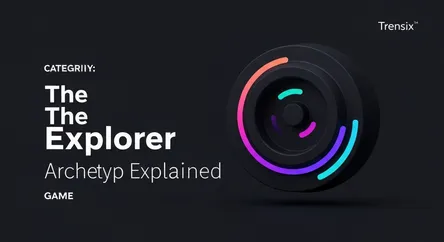Game
The Explorer Archetype Explained

Discover the Explorer archetype, a common character in video games known for curiosity, wanderlust, and uncovering secrets in vast game worlds.
What is it?
The Explorer is a common character archetype in game lore, representing a figure driven by an insatiable curiosity and a desire to discover the unknown. Unlike heroes focused on combat or quests, the Explorer's primary motivation is to map out the world, uncover hidden secrets, and understand its history. Classic examples include Lara Croft from Tomb Raider and the player character in games like No Man's Sky or The Legend of Zelda. They are the cartographers, archaeologists, and pioneers of a game's universe, often serving as the player's primary vehicle for interacting with and learning about the world.
Why is it trending?
The Explorer archetype is perpetually popular due to the dominance of open-world and sandbox games. Modern gaming emphasizes player freedom and vast, detailed environments. The Explorer capitalizes on this by making discovery a core gameplay mechanic. Games like Elden Ring and Starfield thrive by encouraging players to venture off the beaten path. This design philosophy resonates strongly with players who value agency and want to create their own adventures, making the Explorer a timeless and essential component of modern game design.
How does it affect people?
For players, the Explorer archetype taps into a fundamental human desire for adventure and knowledge. It encourages a mindset of curiosity and observation, rewarding patience and thoroughness. Embodying an Explorer allows players to experience the thrill of charting new territories and piecing together ancient lore, fostering a deep sense of immersion and accomplishment. This connection makes the game world feel more personal and alive, as players feel they are genuinely contributing to its story through their discoveries. This creates a powerful emotional hook that enhances player engagement and replayability.